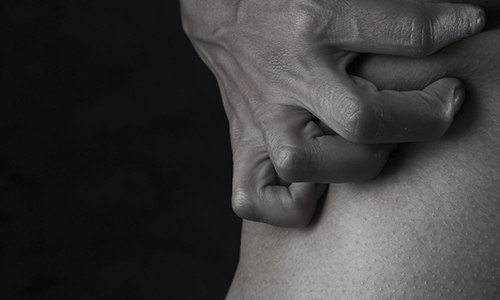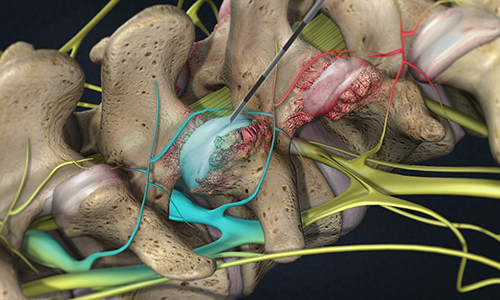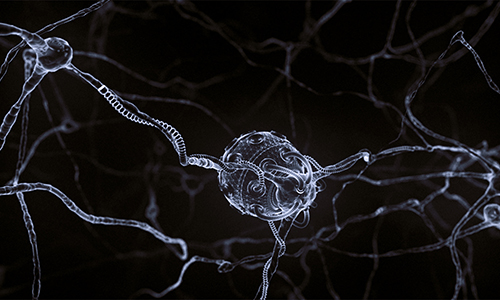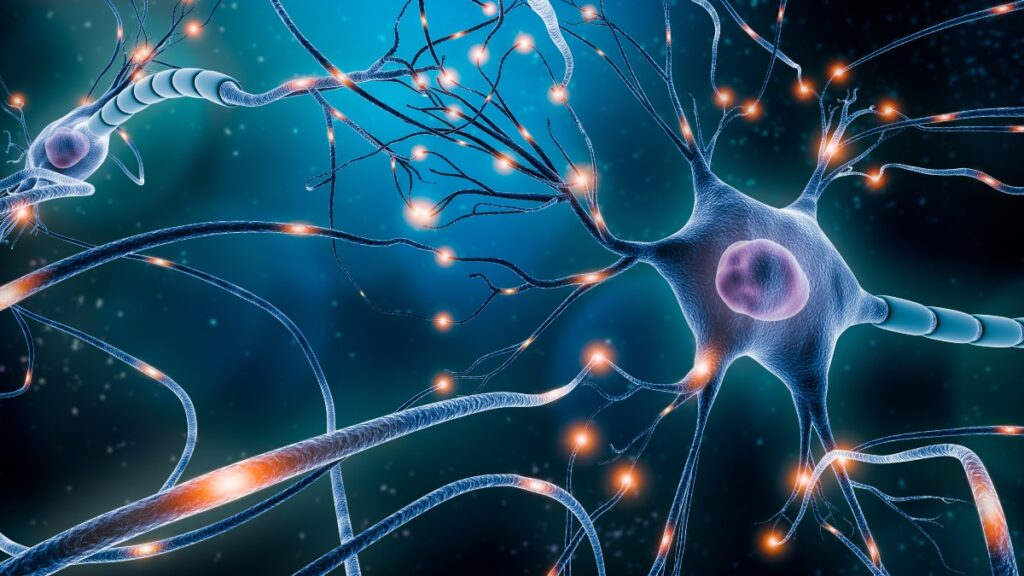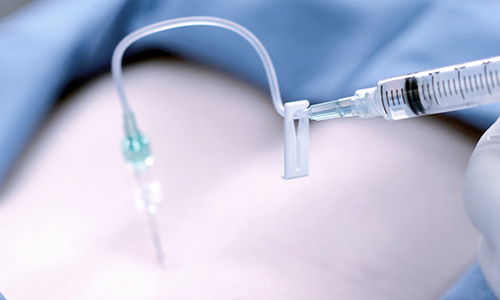JOINT INJECTION
The ultimate goal is to reduce the inflammation in the joint.
As a specialist in the field of interventional pain management, Dr. Justin Lo in San Jose, California, provides a wide range of options to his patients with joint pain issues, including joint injections. It’s fast becoming one of the go-to treatment options for patients with specific types of joint pain. In many ways, a joint injection blocks pain the same way a dentist blocks jaw pain during a procedure.
What is a joint injection?
Joint injections introduce medication, usually a steroid, directly into the joint where it can do the most good. The ultimate goal is to reduce the inflammation in the joint that makes the movement so difficult while reducing pain at the same time. Inflammation is the way the body reacts to injury whether it's from a fall or related to a disease process like arthritis.
This inflammatory response causes both pain and tenderness to the joint and prevents normal functioning. The edema inside the joint also interferes with the healing process. It can cause the formation of masses and increase scarring in the joint, as well, leading to future pain.
A joint injection reduces the inflammation, relieving that pressure. In some cases, the injection may include an anesthetic to help ease the pain, too. The combination of steroid and anesthetic means better range of motion and less pain for the patient.
What conditions benefit from joint injections?
Dr. Lo examines each injury site to determine the best pain management treatment. Some common conditions that may benefit from joint injections, however, include:
-
Synovitis
-
Osteoarthritis
-
Bursitis
-
Gouty arthritis
-
Posttraumatic osteoarthritis
-
Rheumatoid arthritis
Are there any risks with a joint injection?
There is very little risk of complication with this treatment option. If the needle hits a nerve, for example, there might be an injury. The needles are sterile but there is always a minor risk of infection with injections. Most likely, any side effects from a joint injection is temporary, though. Some patients experience:
-
Irritation at the injection site
-
Swelling at the injection site
-
Mild pain around the site

